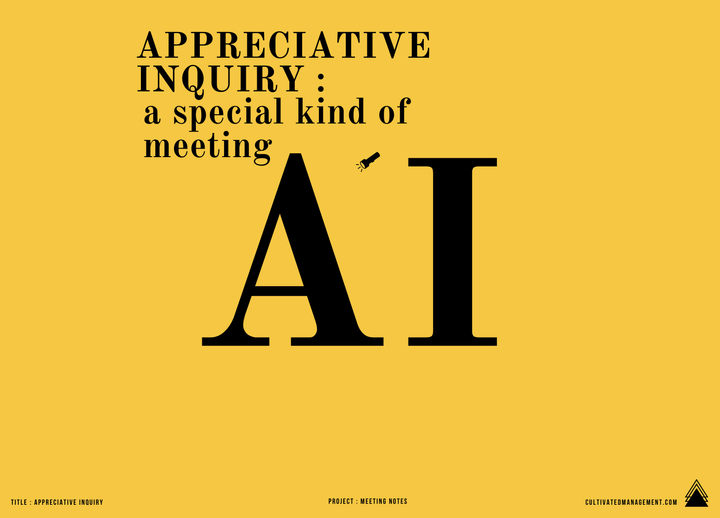Power comes from distribution - ideas on how to communicate

Those that control (or play well in) the communication distribution channels have power.
Power as I define it is the “ability to get something done”.
It’s why presidents, politicians and rich business people buy newspapers. It’s why armies of social media peeps and ex-journalists are brought in to run political campaigns, or clear up bad news, or influence elections through social media.
Having a distribution channel gives you power. You can choose what gets published and where, and how often. You can exclude information, or ban people (Elon Musk anyone?), or run campaigns to influence decisions.
It’s why social media is so powerful for previously unheard voices. Social media platforms give everyone the opportunity to have a distribution channel, even if it comes with algorithms that control the feeds (so who has the real power? The companies that own the real distribution).
We all have the power to influence now – and we have even more power if we control the mediums. It’s why I spend less in the “flow” of social media, and more time creating “stocks” on my own platforms.
I’m still at the mercy of YouTube and Substack but I have control over my website, and can move my videos and newsletters if I wish. I am controlling my own distribution channels where I can.
And the same idea is true in work. You can gain power (the ability to get something done) if you control or play in the distribution of information. At work I’d like to think we aren’t sending out propaganda, mis-information and lies, but hey, I’ve seen it happen.
Being connected into the distribution channels at work – and creating your own opportunities to communicate, is a powerful lever to pull in the workplace.
Here at Cultivated Management, we encourage positive, timely and accurate communication of information.
I always recommend we identify failures in communication within our business as a first step to improving the business. And then build robust behaviours and skills in effective communication. I often say that 99% of problems in business are due to poor communication.
When accurate information is flowing, people have clarity. With clarity they can make local decisions. They can share in the widening of awareness that happens when people know the latest plan, or idea, or update, or direction. Clarity is the job of leaders and managers, and it’s made even more powerful if you own, or can contribute to, the distribution channels.
These could be slack, Yammer, Teams blah blah blah. But also the team meetings, town halls, stand-ups, planning sessions – these are all forms of distribution and communication. Of course, we’re not just here to broadcast but to listen also.
Here are a few general tips
What is written is considered the truth
Many leaders and managers like verbal updates, or ad-hoc conversations in meetings. They claim direction was heard because they said something in a meeting. They claim absolute clarity was transferred because they announced something at a town hall.
But unless it’s written down, clearly and accurately, the chances are many people didn’t hear anything (next point) or they took away some other meaning.
Keep talking and announcing verbally, but follow up with writing. A classic journalism lesson – what is written down is considered truth. Write stuff down.
Even better – write stuff down and create compelling and clear visuals too. Visuals bring facts to life – and people can connect with visuals. Then put the visuals in a documented form on a system, like a wiki (or a PowerPoint if you must) – and ensure it’s written down
Repeat multiple times
Repetition of information is essential. By repeating the messages (in different mediums if you can), you are ensuring everyone has heard it at least once. You are also re-enforcing the fact that this topic (strategy, direction, plan, decision) is important – because you keep talking about it.
Communication happens in other people’s heads
If you’ve ever seen me present, or taken part in the communication workshop, you will know that a core principle of communication is that other people do the communication part. Other people do the communication.
If other people do not listen, acknowledge and then act on the communication – you have not been successful in communicating.
It pays then to use something like DISC to understand that some people will want an emotional story to move into action, or a vague direction of travel (they can work out the steps themselves). Others will want a careful 1:2:1 chat so they can ask questions and test the plan. Some will want plans and details of their next steps. And some will want immediate action and results. And some will be in between all of this.
It’s never one size fits all – so it helps to create multiple messages using different mediums – and repeat, repeat, repeat. And of course, write something down.
Understand the distribution channels
Work out which channels are in play in your organisation and create a PR / Communication plan.
Every manager (and team) should have a PR / Comms plan. This outlines the channels, the audience, the purpose and the frequency of using the channel. It should include the content you’re sharing, how and when, and who will do it, and of course, what the purpose of the communication is.
A good Communication plan repeats information, directs people to a single place for what is written, considers multiple audiences and contains useful and interesting information. After all, if what you share is unclear, boring and fact-based, you’ll likely fail to achieve your communication purpose anyway – even if people do hear/see it.
A powerful lever
I’m reminded of two things here. The first is a quote I heard, and use often, but cannot remember or locate the source.
The future belongs to those who can communicate about it.
And secondly, a wonderful piece of work done by Donella Meadows. She created a list of places to intervene in a system. I use this list often to explain the power of various levers within the business.
Towards the higher level of impact (as in, pull this lever and more impact happens) is the flow of information.
When people don’t have the right information they will struggle to get their jobs done, or they will need to seek input and clarity (governance boards anyone?), or simply do the wrong work because they’re missing key information.
When people don’t communicate between teams, duplicate work starts, or people start throwing stones at each other as they’re unclear who is doing what (and what role we each play in the business).
Communication, and the flow of information really is a powerful lever to pull in an organisation.
And part of that lever is knowing what the distribution channels in your company are, creating new ones if needed (like team meetings, or dedicated chat channels), and then utilising the 11 principles of communication (and the ideas above) to ensure the distribution channels are used wisely.
It will take time. You will get it wrong a few times.
But if you want power (as in the ability to get things done), then owning or contributing to distribution channels is a very powerful lever to pull.
I often describe effective communication behaviours as a superpower in the world of work. I truly believe it is. But, as with all super powers – please use them for good and not evil.
Owning a distribution channel (and contributing to any) can seed misinformation, lies, mistrust and anger if you’re not careful.
Equally, it can provide clarity, positive discourse and influence. Use it for good…please. And if you do use the channels for Evil, don’t tell anyone I helped you.



